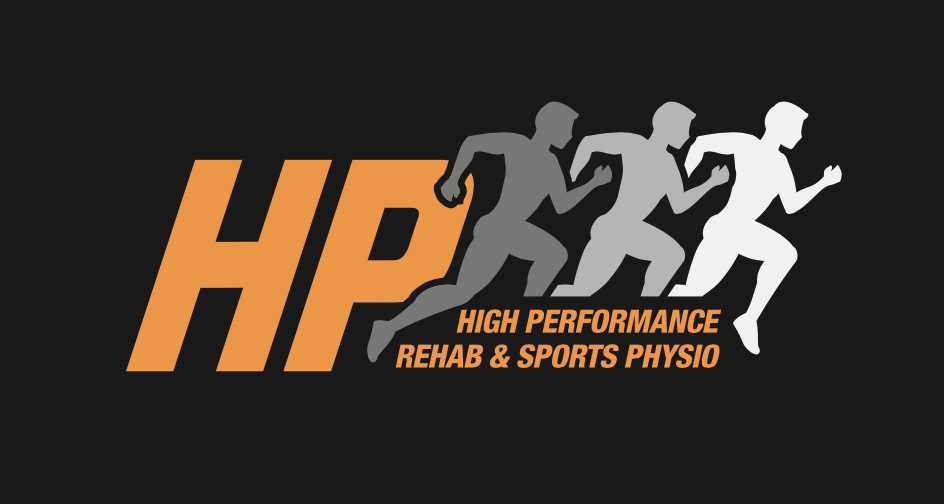Injuries to the shoulder can occur with or without an incident or trauma. For shoulder injuries that occur without a mechanism, pain is often felt locally around the shoulder or can refer pain down the outer aspect of the upper arm. Commonly the pain starts as a minor annoyance but gradually worsens. A physiotherapy appointment at the initial onset of the pain can help with an accurate diagnosis, leading to a quicker return to performance.
Shoulder Pain
The most common cause of shoulder pain without incident or trauma is an “overload” in your chosen sport (e.g. swimming). Often after a break from your sport, even for just a short period, a return to your previous training loads can be enough to cause an injury. Some common signs and symptoms to look out for regarding your shoulder pain include:
· Pain reaching away from the body at shoulder height
· Pain at the start and/or toward the end of your exercise session
· Pain reaching across your body (e.g. when showering or pulling on your seatbelt)
· Pain at night, often worse when lying on your affected shoulder
· Feeling “tight” in the muscles above your shoulder
ANATOMY OF THE SHOULDER
The shoulder is a ball and socket joint, with a large ball called the humeral head (on the long arm bone) and a shallow socket called the glenoid (on the shoulder blade), which allows for the large freedom of movement of the shoulder.
The rotator cuff is a group of four muscles which originate from the shoulder blade and insert on the humeral head. These muscles are:
· Supraspinatus - helps to take the arm out to the side of the body
· Infraspinatus - helps to turn the arm outwards
· Teres minor - aids infraspinatus
· Subscapularis - helps to turn the arm inwards
Rotator Cuff Muscles
Each cuff muscle has an individual action, though as a group of muscles their primary role is to help stabilise the humeral head within the glenoid as we move to use our arm and shoulder.
Sitting in the subacromial space between the “roof” of the shoulder (the acromion of the shoulder blade) and top of the humeral head lives two fluid-filled sacs, called bursae. A bursa helps to cushion these bones, lubricate the joint and partially protect some of the rotator cuff tendons. The term “bursitis”, meaning inflammation of the bursa, is often associated with shoulder injuries and can be a source of significant shoulder pain.
COMMON DIAGNOSES
· Rotator cuff tendinopathy and bursitis – refers to an overload of one or more of the rotator cuff tendons. This often leads to pain and the bursa becoming inflamed as a result of the altered function of the shoulder.
· Rotator cuff tear – more commonly associated with a trauma in younger athletes, however, an older athlete may have normal age-related changes of the rotator cuff tendons, including a small tear, which can be made symptomatic by an acute overload of the shoulder.
· Sub-Acromial Impingement – this occurs when your shoulder muscles are not strong enough to support your ball (humeral head) in your socket (glenoid) which causes increased movement in the shoulder space and compression and pain of those soft tissue structures that live there. This is particularly common in sports such as swimming and tennis with repetitive overhead use, or jobs with repetitive activities.
· Frozen shoulder – presents in its early stages similar to a rotator cuff tendinopathy and bursitis, though is unresponsive to therapy. Please speak to your GP or physiotherapist if you feel you may have a frozen shoulder.
TREATMENT OF THE SPORTING SHOULDER
Treatment is determined by your presentation at initial physiotherapy examination. Often when a shoulder is overloaded, the load needs to be managed appropriately to allow symptoms and structures to settle. This then allows for a faster and more successful return to performance.
The four common stages for shoulder specific treatment are:
1. Control (Acute) phase – regaining neuromuscular control of the scapular and rotator cuff muscles with pain and inflammation symptom management as required.
2. Load introduction phase – strength-based exercises targeting muscles and actions specific to your sport.
3. Reconditioning phase – progressing your individualised gym strength program and building to reintroduction into your sport at reduced loads.
4. Return to performance phase – getting back to your chosen sport or activity to a pre injury level, while maintaining your strength rehab work to prevent an injury recurrence.
Shoulder Rehab
If you are experiencing any shoulder pain, please feel free to contact one of our Sports Physiotherapists for assessment and management of your injury.




